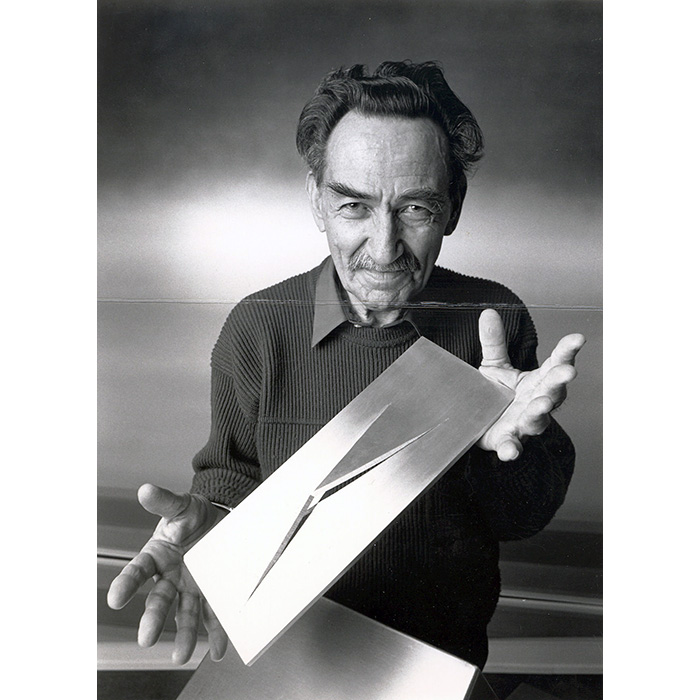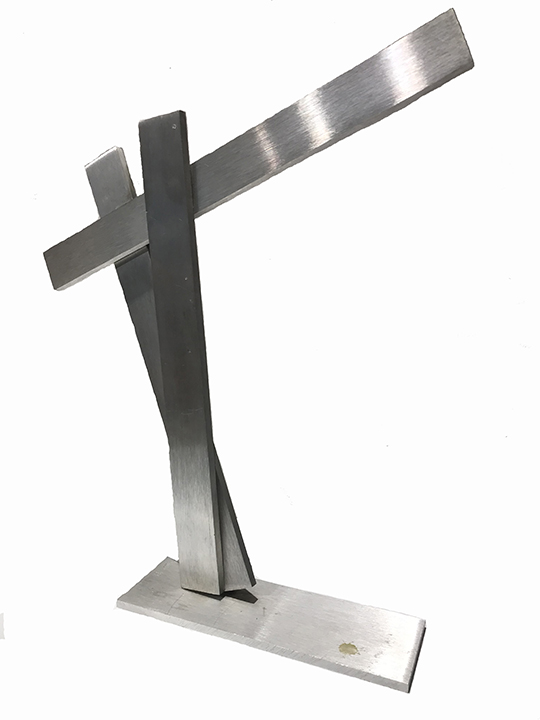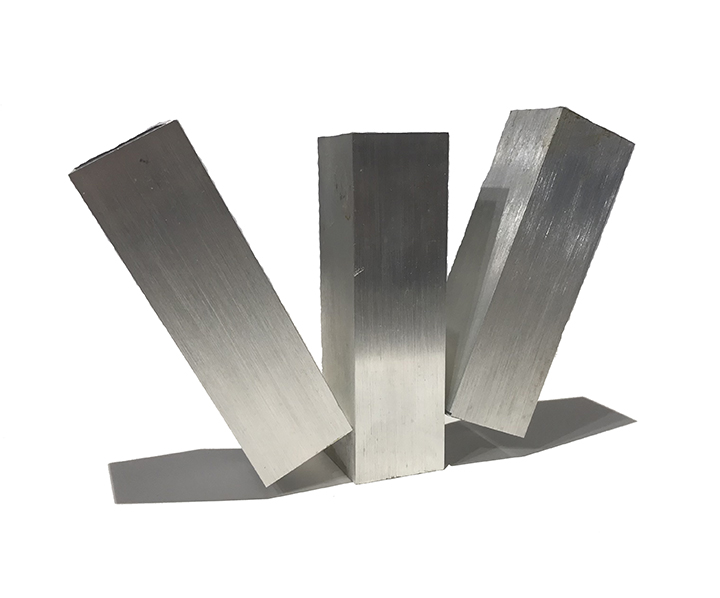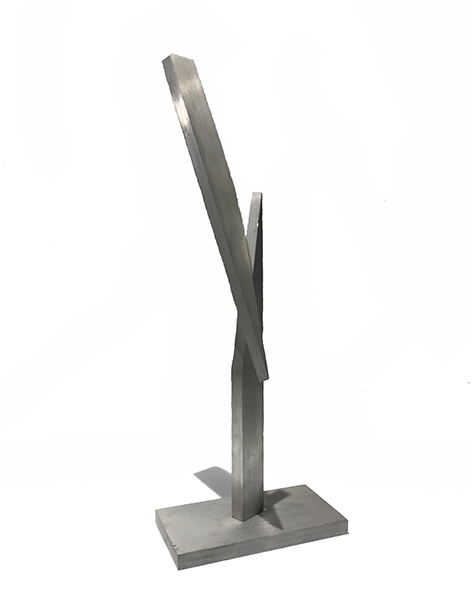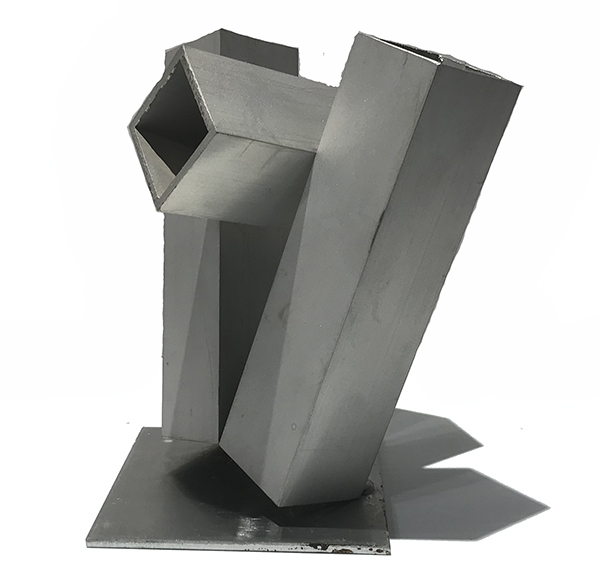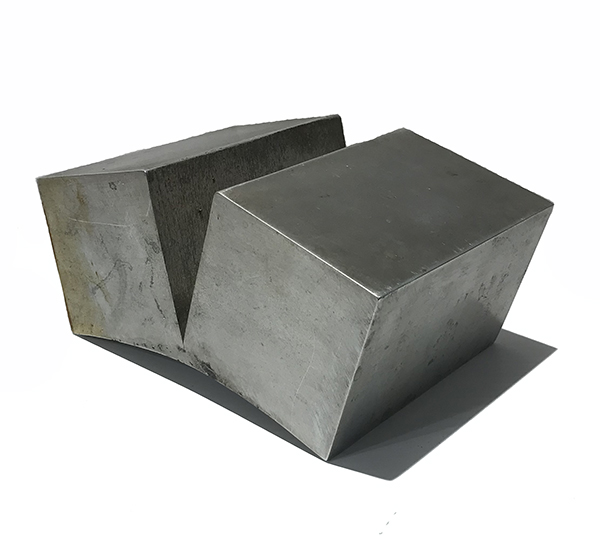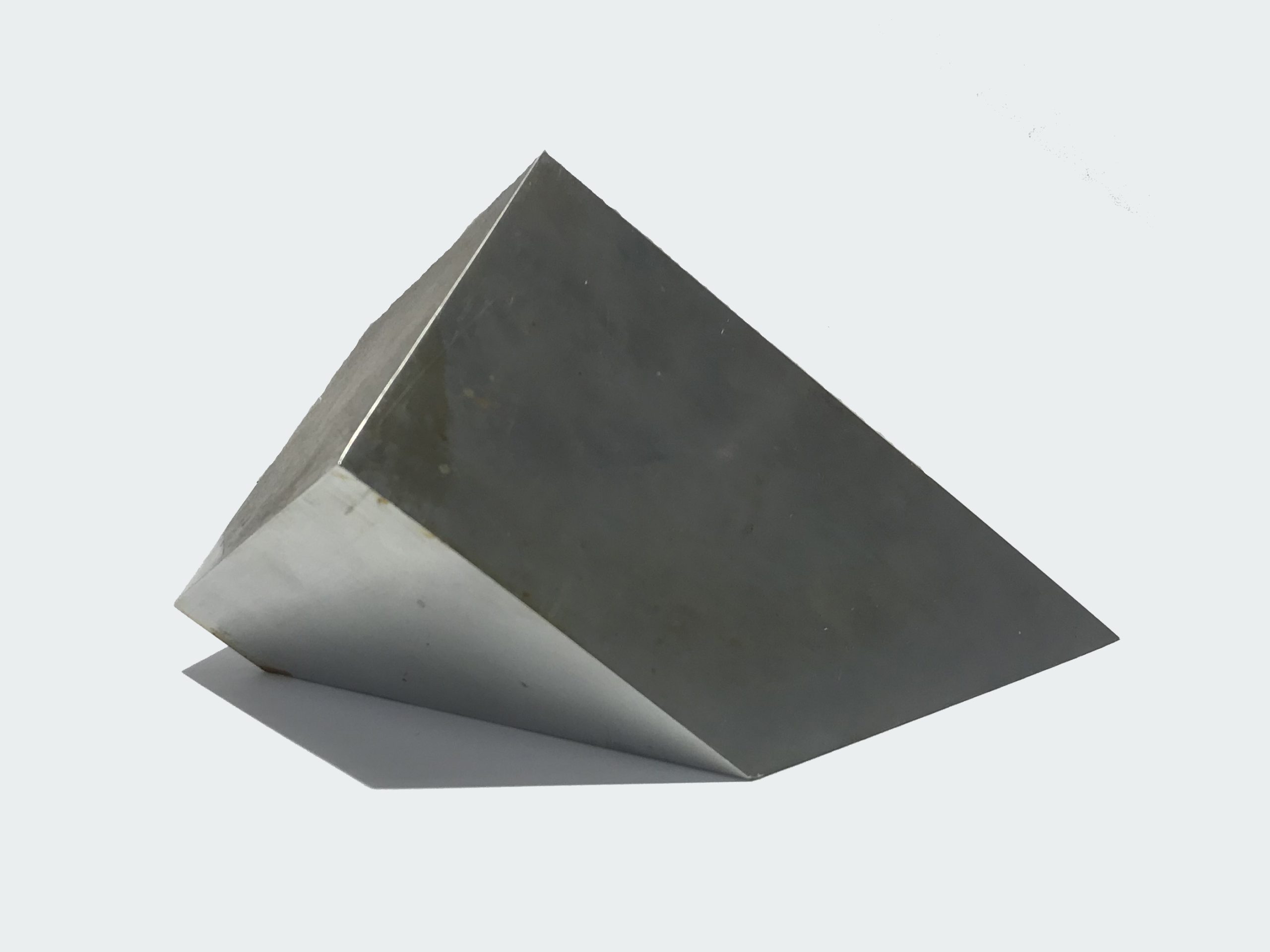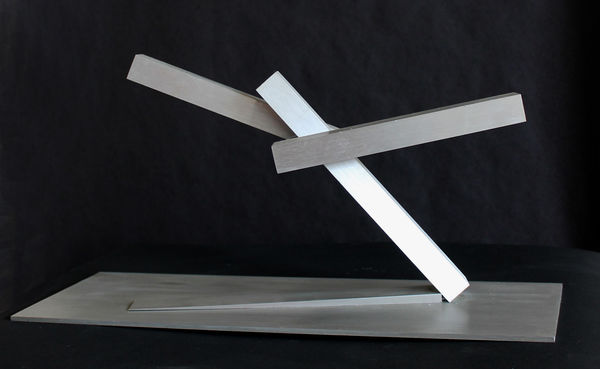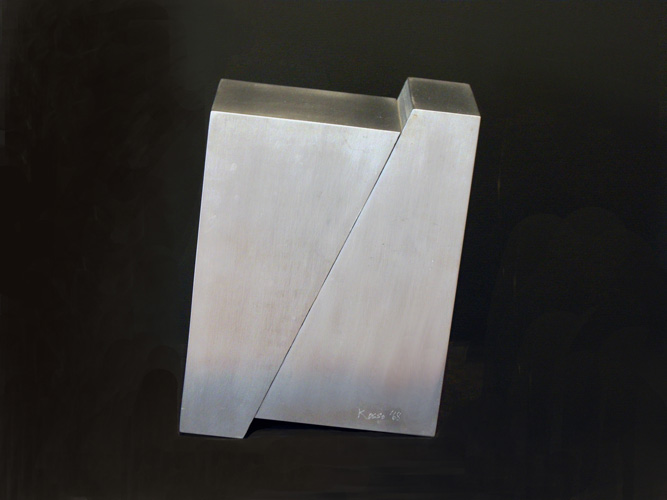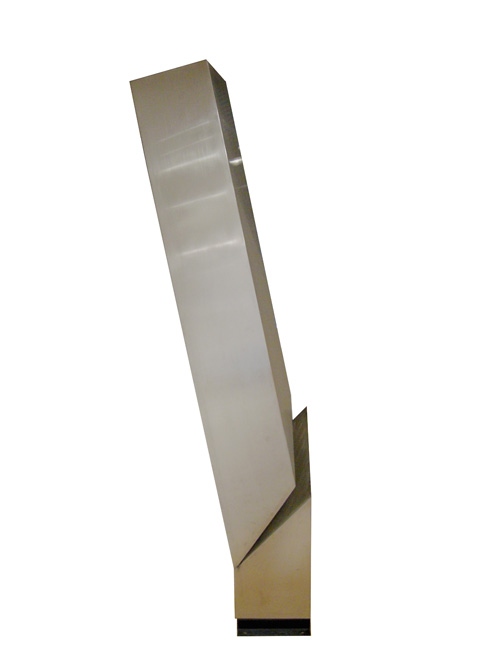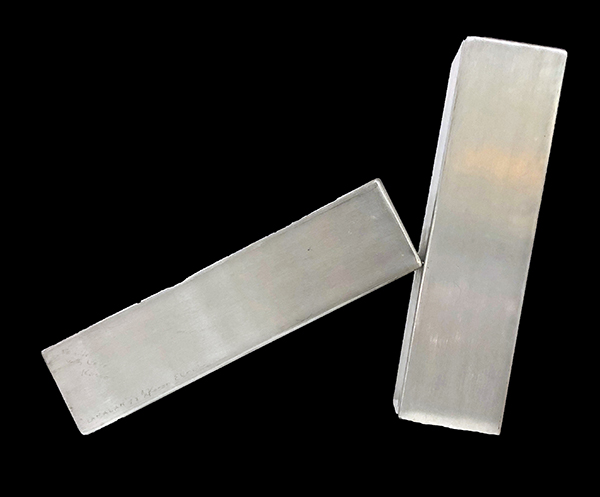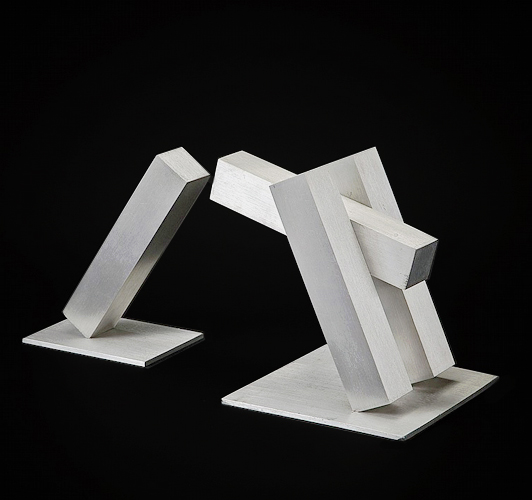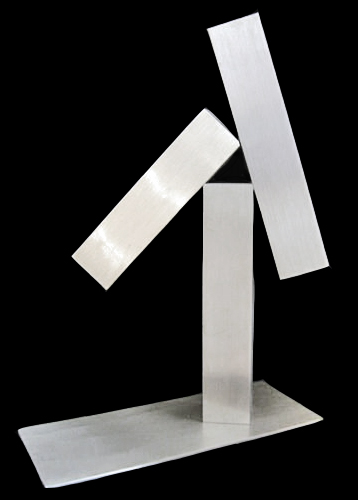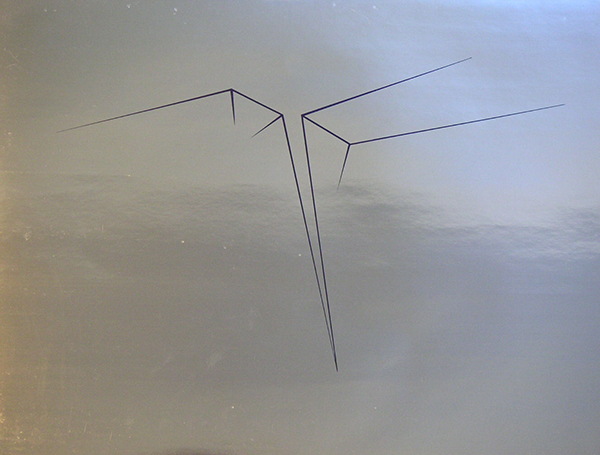Kosso Eloul
Kosso Eloul (1920-1995) – Artist Biography
Born in Mourom, Russia in 1920, Kosso Eloul is considered one of Canada’s greatest post-war sculptors. Following his initial training in the Tel Aviv studio of Itzhak Danziger, he studied under Helen Gardner and Frank Lloyd Wright at the School of the Art Institute of Chicago from 1939–1943. Eloul developed a modern and original sculptural vocabulary characterized by the balancing of large brushed and painted metal forms. Beginning in the 1960s, an exciting time for modern sculpture, this style earned him an enviable reputation, and Eloul created numerous important public works in various cities in Israel, the United States and Canada. The husband of Montreal painter Rita Letendre, in 1969 he settled with her in Toronto, where he died in 1995.
Kosso himself was as fantastic as his creations – often speaking philosophically, he would spread his arms and hands expressively when communicating his vision, whether it be to art enthusiasts, site commissioners or his many students. Kosso’s work sought to ally the soil, grass and snow underfoot, with something man-made that would seem to grow out of the landscape rather than be placed on top of it, as in his monumental piece, Time, emerging from the earth off the shore of Lake Ontario near Kingston. For Kosso, the sculpture and landscape should ally to the focal point of the entire scene, creating a natural place for the eye to rest on and branch out from - the eye should naturally want to follow along the sculpture’s protruding forms which point in either direction, as if belonging to both sun and soil.
The working method behind his monumental works was unpretentious – Kosso developed his sculptural ideas by working directly on smaller maquettes, preferring to think three-dimensionally right from the start and in a variety of media - aluminum, steel and alpi-verdi marble. Koss was a trailblazing artistic force who employed a unique, highly autobiographical language of geometric shapes. His sculptures are aggressive, tender, playful and ready to reach out and connect with any art lover or passer-by.
“I can conceive of a sculpture that is placed in a place that maybe only five people a year get to. It has to do with what’s right for that sculpture. Sculpture, when it’s successful, has a lot of its own life, free from the guy who made it. The guy who made it can go and disappear and most people who see his work don’t even know of him and don’t meet the artist. For most people it’s an encounter between them and themselves, and “them and themselves” is the key to the whole work, free from the guy who made it. That’s the beauty of sculpture. It becomes independent. If the work is independent of the person who made it, if it lives on its own, then it can stand in many places.” – Kosso Eloul, 1994.
Selected Solo Exhibitions
1984: L.A. Municipal Art Gallery, Los Angeles CA
1981: Gallery Quan, Toronto.
1980: Don Stewart Gallery, Montreal
1980: Art Gallery of Hamilton, ON
1979: Koffler Centre for the Arts, Toronto, ON
1977: West End Gallery, Edmonton
1976: Arras Gallery, New York
1976-77: The Art Gallery of Ontario project, “Artists and Their Work” (Travelling), Art Gallery of Coburg, Sudbury and Simcoe.
1975: Marlborough Godard, Montreal
1974: Marlborough Godard, Toronto
1974: Arras Gallery, New York
1973: Galerie de Montreal, Montreal
1972: Benson Gallery, Bridgehampton, New York
1971: O.K. Harris Gallery, New York
1971: Dunnkelman Gallery, Toronto
1969: Galerie Sherbrooke, Montreal
1969: Gordon Gallery, Tel-Aviv, Israel
1968: David Stuart Gallery, Los Angeles
1968: Jerrold Morris Gallery, Toronto
1966: The Jewish Museum, New York
1965: David Stuart Gallery, Los Angeles
1964: Galerie Camille Hebert, Montreal
1962: Galleria Alliata, Rome
1960: Gallery Rina, Jerusalem
1957: Jerusalem Art Pavillion
1957: Tel-Aviv Museum
1951: Tel-Aviv Museum
Artist Specialization: Art critics have written that simplicity is Kosso’s hallmark. His sculptures are minimal as far as their number of elements are concerned, being composed of only two or three large, purely abstract rectangular blocks of metal with a conspicuous absence of ornament. Positioned in such a way as to suggest ongoing motion and tensions, they are metaphors of life exemplifying the rapid pace and constant change on our society in a unique and perceptive way. A pleasing whimsical component also underlines the more serious intent.
